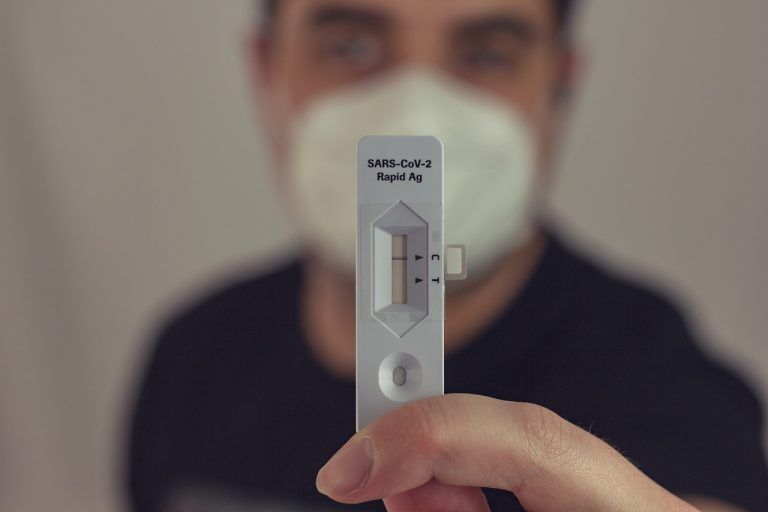Will da Vinci robot surgeries be covered by the NFZ?

Ten post jest także dostępny w języku:
![]() polski
polski
Innovations in medicine increasingly often mean the use of modern technologies, such as the da Vinci robot. Although such solutions significantly improve the work of surgeons, they are still not included in the NFZ (National Health Fund) service basket. Moreover, there is a shortage of modern equipment in Poland, which makes it difficult for patients to access comprehensive medical care.
According to Dariusz Dziełak, director of the NFZ‘s Department of Analyses and Innovation, operations with the da Vinci robot must eventually appear in the basket of guaranteed services of the NFZ. They will also have to be covered by appropriate pricing and specialised tariffs for specific technologies. For the time being, however, there is no corresponding regulation from the Ministry of Health that can guarantee patients that robotic procedures can be reimbursed.
Already on 23 May 2017, The Agency for Health Technology Assessment and Tarification (AOTMiT) gave a positive opinion on the possibility for the NFZ to finance several operations using the da Vinci robot. Among the conditions listed were colorectal cancer, prostate cancer, and endometrial cancer. Unfortunately, the Ministry of Health has so far made no decisions regarding the possible addition of such operations to the NFZ basket.
Da Vinci robot not for Polish patients?
As Dariusz Dziełak explains, the da Vinci robot can be called a specialised manipulator, as it does not perform individual operations on its own. It was created with the use of technology which is no longer of the latest generation as new solutions are constantly appearing on the market. Dariusz Dziełak hopes, however, that operations with the use of the da Vinci robot will soon be included in the NFZ basket. However, the possibility of reimbursing the surgeries is also related to the availability of equipment. Polish hospitals will certainly not be able to afford to buy a sufficient amount of specialised equipment, and the perspective of having one device per 1 million inhabitants seems unrealistic.
What will the decision of the Ministry of Health be?
According to Anna Goławska, deputy minister of health in charge of digitisation, the decision on da Vinci robots will be made after the analyses are completed and the report from AOTMiT is received. The ministry does not want to give any information on the matter for the time being until the relevant arrangements have been made. The Deputy Minister of Health added, however, that da Vinci robots can be used in some facilities as part of the current valuation of services. Hospitals can therefore use the robots to carry out operations, but they must reckon with the fact that the NHF’s valuation of benefits may not be sufficient to cover the procedure in question.
Under the current regulations, the NHF pays a certain amount for the procedure performed, regardless of the technology used to carry it out. The Fund pays for the procedure, e.g. removal of throat cancer, and if the hospital wants to use more advanced technology, it has to provide the relevant funds itself. Often clinics decide to use research grants to be able to carry out expensive operations using da Vinci technology.
Too few da Vinci robots in Poland?
The da Vinci technology has existed since 1999 and the robot itself was approved for use in general surgery by the US Food and Drug Administration in 2000. Twelve years after the Agency’s approval, the robot was used to perform around 200,000 operations, and six years later for over one million procedures.
There are more than 5,000 da Vinci robots in the world, and in Europe, there is one robot for about 1 million inhabitants. In Poland, by the end of 2021, there will be 20 such devices in operation, only 8 of which will be in public institutions. However, the number of da Vinci robots may increase rapidly in the coming years and, according to a report entitled “Surgical robotics market in Poland in 2020” published by Upper Finance and PMR, there may be as many as 40 or 50 such devices operating in Poland by 2025. For the time being, however, Poland lags behind other European countries, such as Sweden, which has 38 robots per 10 million inhabitants. To achieve similar results in Poland, the number of working robots would have to increase to over 120.
In 2020, 1,700 surgeries using a surgical robot were performed in Poland, for which 45 operators were responsible. The most commonly performed operation was prostatectomy, and robots were used in as many as 17% of such operations.






